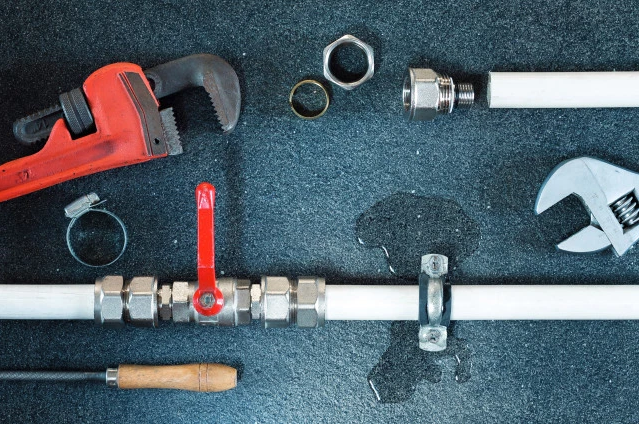You do not want to have burst pipes in the home during the winter season. Burst pipes can wreak havoc in the home especially here in Canada where there can be extreme winters.
In sub-zero temperatures, dipping temperatures will cause pipes to freeze. Frozen water in the pipes will expand causing so much pressure an eventually leading to cracking and breaking. Water expands in volume by about 9 percent after freezing. As a result of the expansion, pressure builds up within the pipe especially when the faucets are turned off leading to bursting. Pipes that are at the greatest risk of bursting are those found in unprotected areas of the home such as attics, crawl spaces, and basements.
How can you prevent broken pipes in the home during winter? The home must be properly insulated as well as taking precautionary steps to safeguard your pipes. The following tips will prevent pipes from bursting during winter:
- Make use of fiberglass insulation or foam sleeves to wrap around pipes to keep them warm and ensure water is flowing rather than freezing during winter.
- You can keep the faucet slightly open such that it allows a small trickle of water to prevent the buildup of pressure within the pipes.
- Make use of frost-proof versions of pipes to replace the standard outdoor faucets.
- Turn on the heat in the house or specific rooms so that the colder areas of your home where pipes are likely to freeze and burst.
- Keep cabinet doors, pantry doors, and closet doors open to allow the circulation of warm air to reach exposed pipes in these areas.
- Keep the garage door closed to prevent heat loss.
- Disconnect the garden hose from outdoor faucets to prevent freezing and bursting of pipes.
- For frozen pipes, use a hairdryer to heat them and melt the ice and allow water to flow again.
In conclusion, call professionals to assess your home and to recommend ways in which to winter-proof all pipes in the home.





